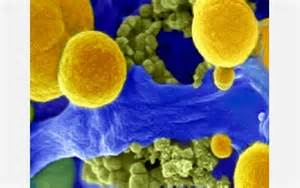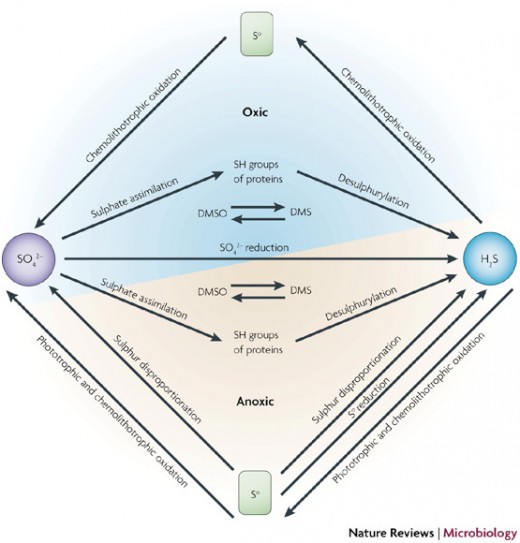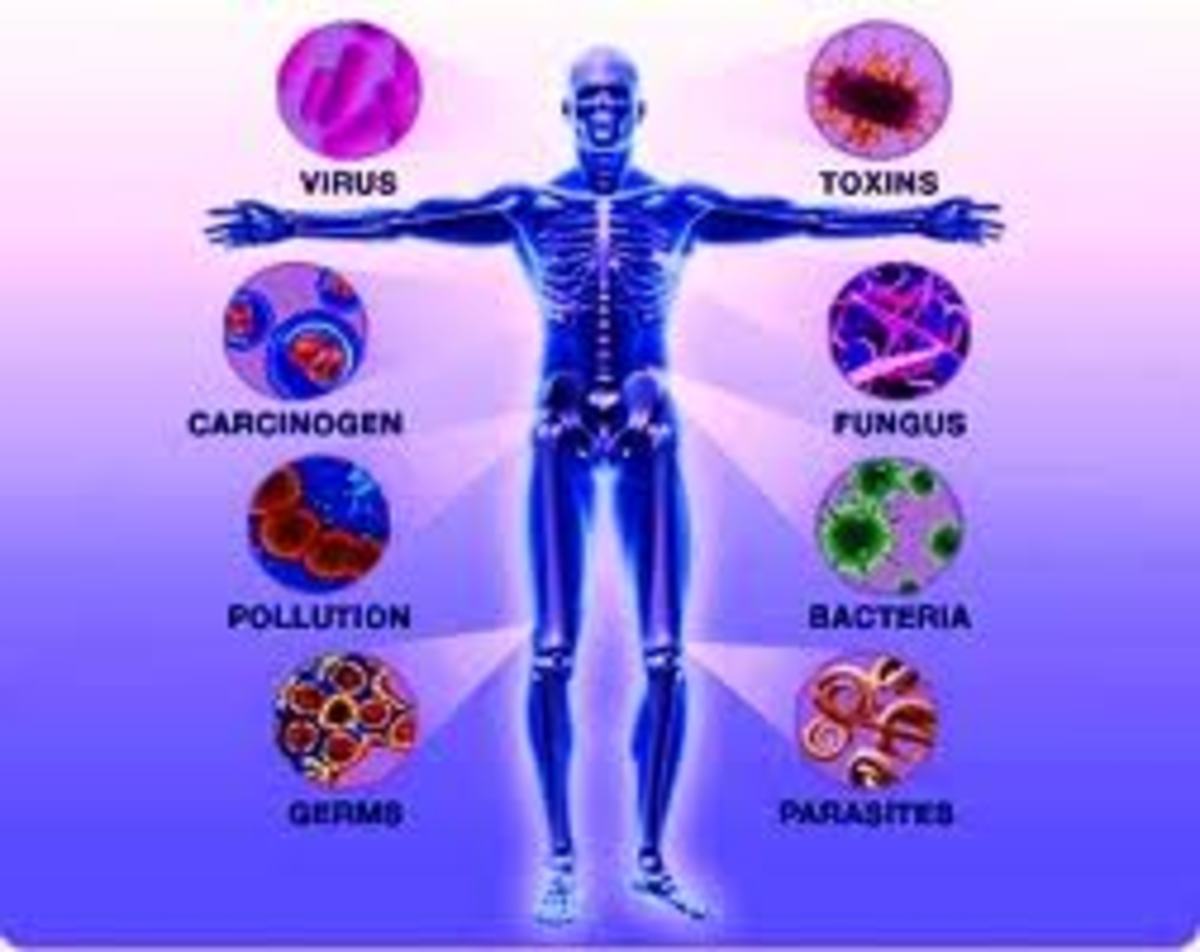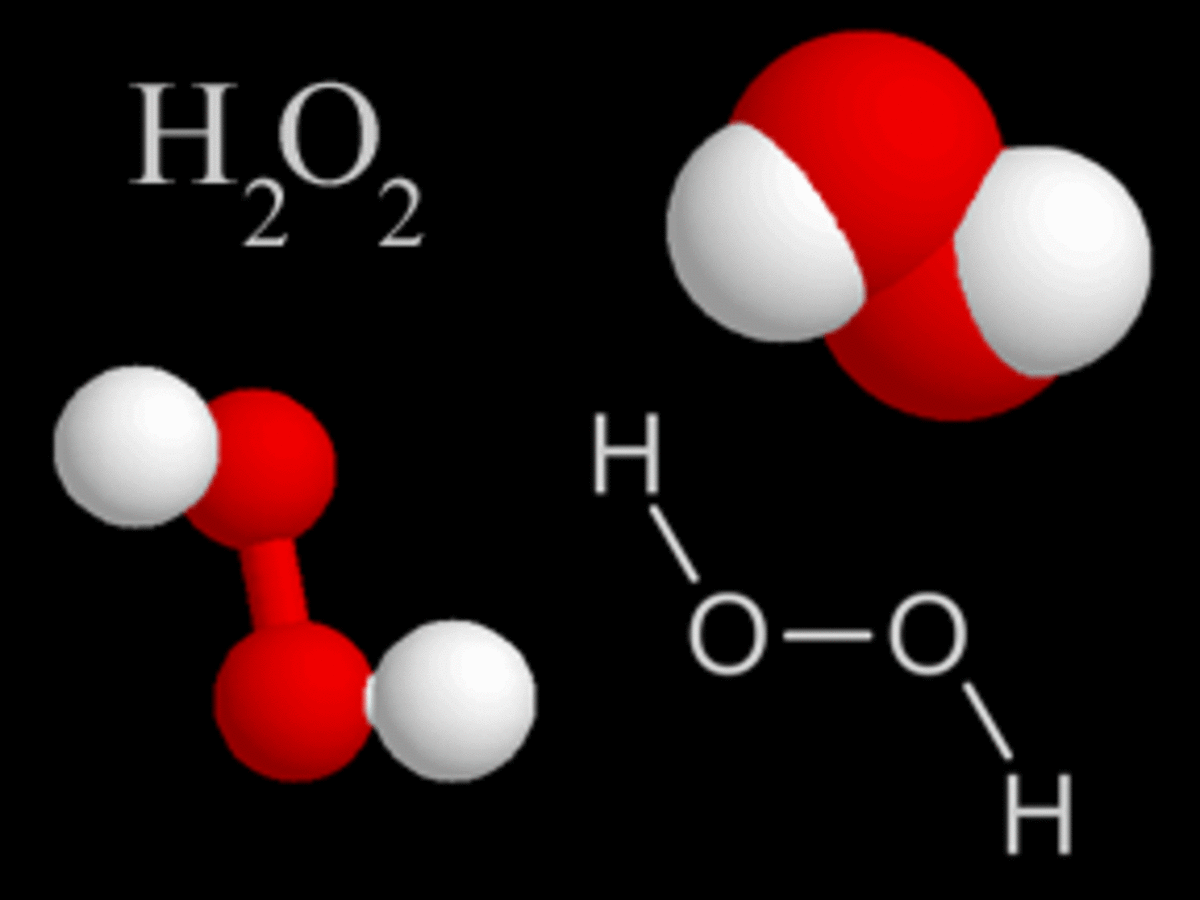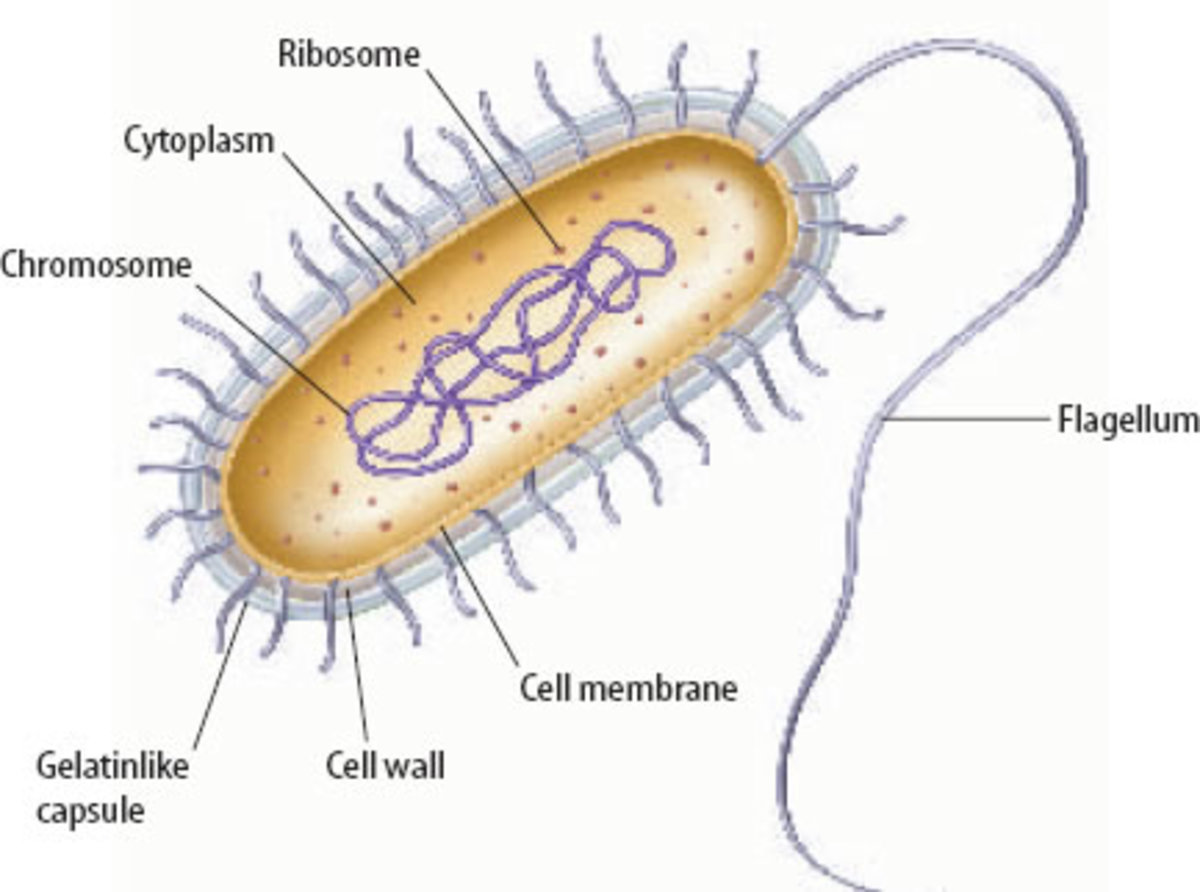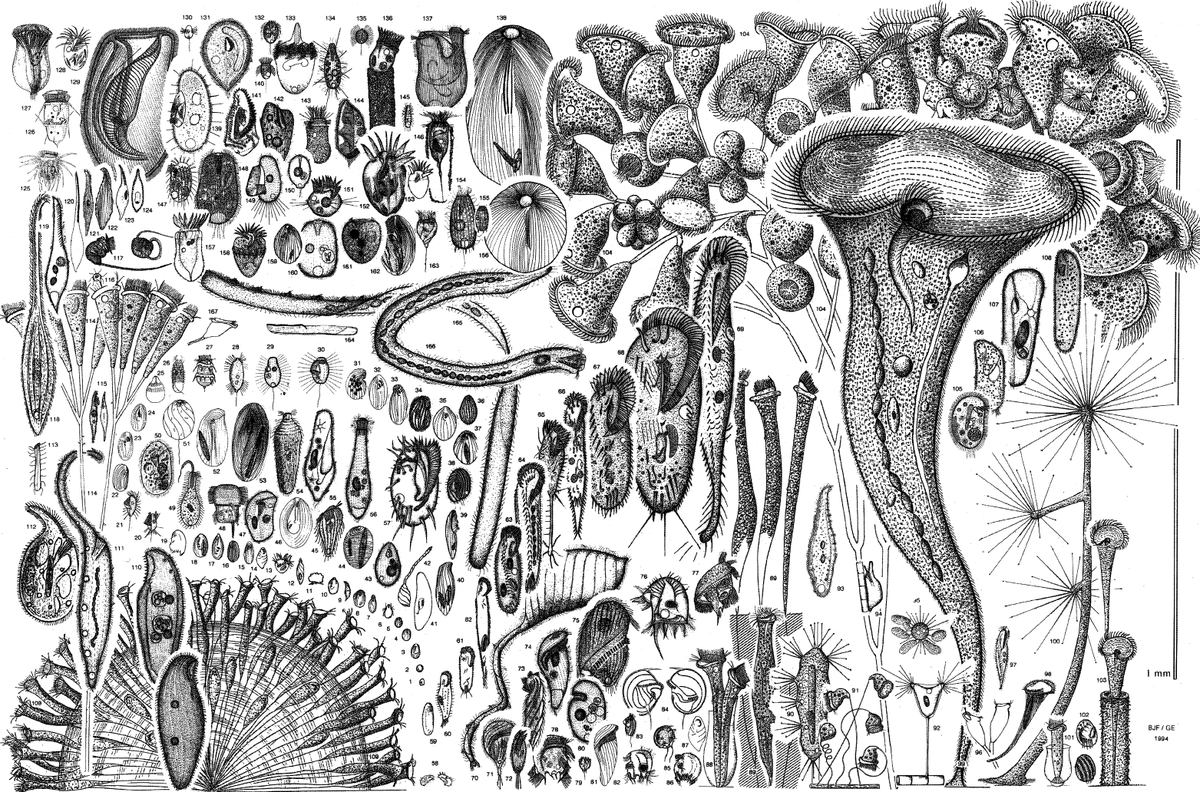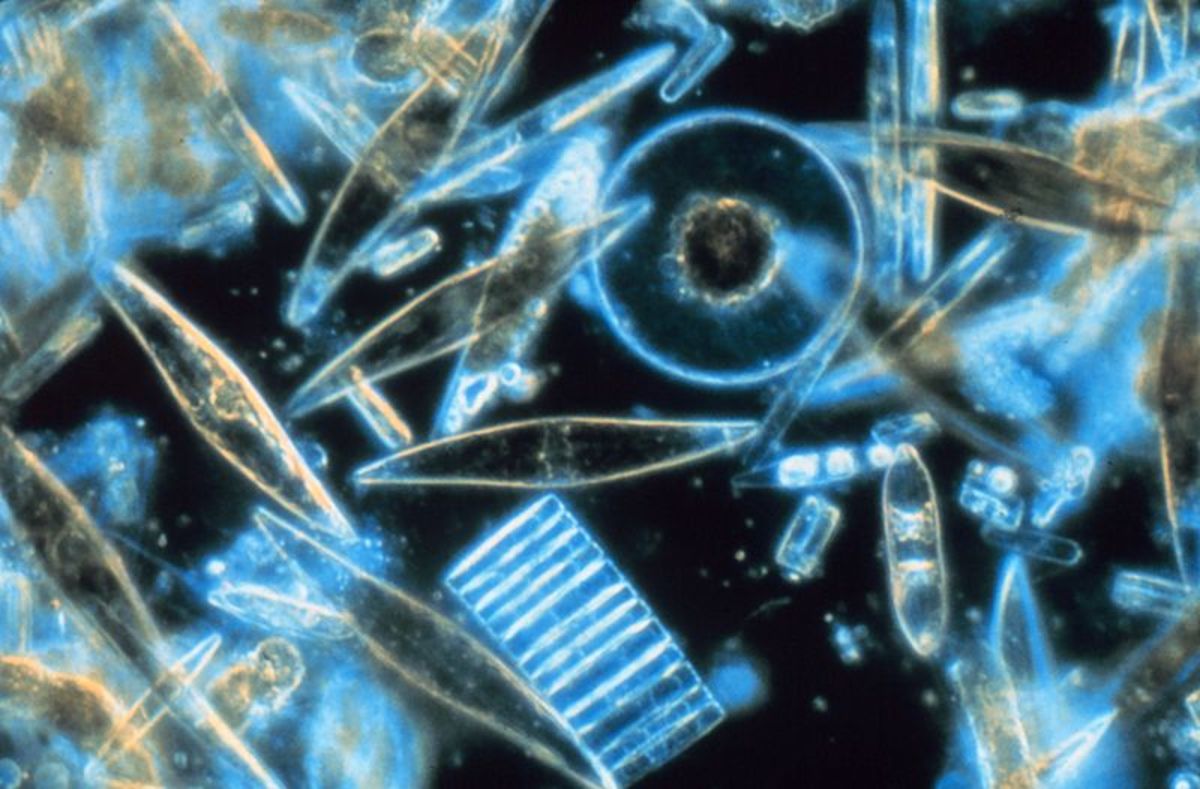sulfur oxidising bacteria and sulfur reducing bacteria
SULFUR OXIDIZING BACTERIA
Sulfur utilizing bacteria includes Sulfur oxidizing bacteria and Sulfur reducing bacteria. Sulfur oxidizing bacteria are chemolithotrophic bacteria that derive energy from the oxidation of inorganic molecules. Sulfur reducing bacteria are bacteria that use elemental sulfur, hydrogen sulfide or its partially reduced oxides such as energy sources. All these are converted to sulfate.
Sulfur oxidizing bacteria are bacteria that oxidise hydrogen sulfide with the formation of intracellular sulfur deposits. Examples are Filamentous gliding bacteria like Beggiatoa, Thiothrix; Very large unicellular gliding bacteria like Achromatium; Large unicellular rod shaped or spiral bacteria like Thiobacterium, Thiospira, Macromonas, Thiovulum; and Bacteria that oxidise hydrogen sulfide with the formation of extracellular sulfur deposits; cell size is small: Thiobacillus, Thiomicrospira.
Energy generation by sulfur oxidation includes the oxidation of elemental sulfur to sulfate:
Sulfide--------polysulfide------------- elemental sulfur ---------------sulfite ------------ sulfate
Energy generation by sulfur oxidation also includes Formation of adenosine 5’ phosphosulfate (APS)
SO32- + 2AMP -------------------- 2APS + 4 e-
2APS + 2Pi -------------------------- 2ADP + 2SO42-
2ADP ---------------------------------- AMP + ATP
2SO32- + AMP +2Pi ----------- 2SO4 2- + ATP + 4e-
Here, sulfur oxidation proceeds with the activation of AMP to form APS followed by phosphorolysis with phosphate or pyrophosphate to yield ADP or ATP respectively.
Sulfur oxidizing bacteria are extreme acid tolerates, growing at pH 1 to 2.these are often found in special environments in which pH is maintained at low level by their metabolic activities. Some like Thiobacillus occur widel in both marine and terrestrial environment. Strong acidophilic species is Thiobacillus thiooxidans. Some species of Sulfur oxidizing bacteria gain energy from the oxidation of hydrogen sulfide and can couple this energy generation to the assimilation of organic carbon source, a form of metabolism termed as mixotrophy. An advantage of sulfur oxidation by Sulfur oxidizing bacteria is that it aids in establishment of symbiosis with rice plants. Example is Beggiatoa. Also sulfur accumulation provides an electron acceptor under anaerobic conditions.
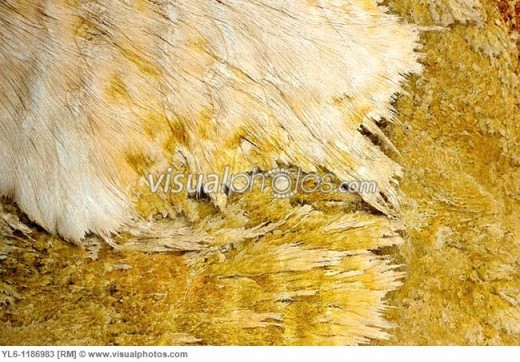
SULFUR REDUCING BACTERIA
SULFUR REDUCING BACTERIA
Sulfur reducing bacteria are gram negative Eubacteria and are strict anaerobes that are capable of anaerobic respiration utilizing a variety of oxidized compounds of sulfur as an electron acceptor.
As of 2009, 60 genera containing 220 species of sulfate-reducing bacteria were known. Among the Deltaproteobacteria the orders of sulfate-reducing bacteria include Desulfobacterales, Desulfovibrionales and Syntrophobacterales. This accounts for the largest group of sulfate-reducing bacteria, about 23 genera. The second largest group of sulfate-reducing bacteria is found among the Firmicutes, including the genera Desulfotomaculum, Desulfosporomusa, and Desulfosporosinus. In the Nitrospirae division we find sulfate-reducing Thermodesulfovibrio species. Two more groups that include thermophile sulfate-reducing bacteria are given their own phyla, the Thermodesulfobacteria and Thermodesulfobium. There are also three genera of Archaea known to be capable of sulfate reduction: Archaeoglobus, Thermocladium and Caldivirga. They are found in hydrothermal vents, oil deposits, and hot springs. Desulfovibio are curved; rod shaped or spiral in shape. Desulfomonas are rod shaped. Desulfobacter are coccus in shape. Desulfococcus are coccus or ellipsoidal in shape. Desulfosarcina are arranged as packets of cocci. Desulfuromonas are rods in shape and does not utilize sulfate as electron acceptor unlike others.
These are present in sulfate containing sediments especially marine and estuarine ones. Some also occurs in rumen and in the intestinal tract of non ruminant animals. For all the sulfur reducing bacteria, electron donors are the fermentative end products that are produced by other anaerobic bacteria. Hence lactate, ethanol, short chain fatty acids, formate and hydrogen are used by them. Acetate cannot be oxidized by many due to their incomplete tri carboxylic acid cycle. Others have a complete TCA cycle and can oxidize acetate to carbon dioxide. Hydrogen plays a central role in the metabolism of those sulfur reducing bacteria that cannot oxidize acetate. Sulfate reduces intracellularly resulting in the hydrogen cycling which is equivalent to the respiratory pumping of protons and results in the proton motive force.
When sulfate diffuses into reduced habitats, it provides an opportunity for different groups of microorganisms to carry out sulfate reduction. This use of sulfate as an external electron acceptor to form sulfide, which accumulates in the environment, is an example of a dissimilatory reduction process and anaerobic respiration. In comparison, the reduction of sulfate into organic sulfur from for use in amino acids and protein biosynthesis is described as an assimilatory reduction process. Example is Desulfuromonas. Sulfate is activated by esterification to an adenyl group by the enzyme ATP sulfurylase to form adenosyl phophosulfate and pyrophosphate. The equilibrium m of this reaction les strongly towards ATP and sulfate so the isolated reaction does not proceed.
However, in vivo one of the products, pyrophosphate is rapidly hydrolyzed by the action of pyrophosphatase thereby allowing the other product, adenosyl phophosulfate to accumulate in significant quantities. Adenosyl phosphosulfate is then reductively cleaved to yield AMP and bisulfite. The reduction of bisulfite may occur in three successive two electron transfers to enzyme bound intermediates such that then trithionite and thiosulfate are byproducts rather than intermediats of the pathway. The enzyme bisulfite reductase is present in all sulfur reducing bacteria. It catalyzed the reduction of bisulfite to trithionite, also producing variable amounts of thiosulfate and sulfide.
Two taxonomc different classes of bisulfite reductases occur in sulfur reducers. These are Desulfoviridin (green protein), and Desulforubidin (reddish brown protein). Both enzymes contains nonheme iron and an unusual class of prosthetic group termed siroheme, an iron chelating tetra pyrole in which two of the pyrole rings are reduced.
